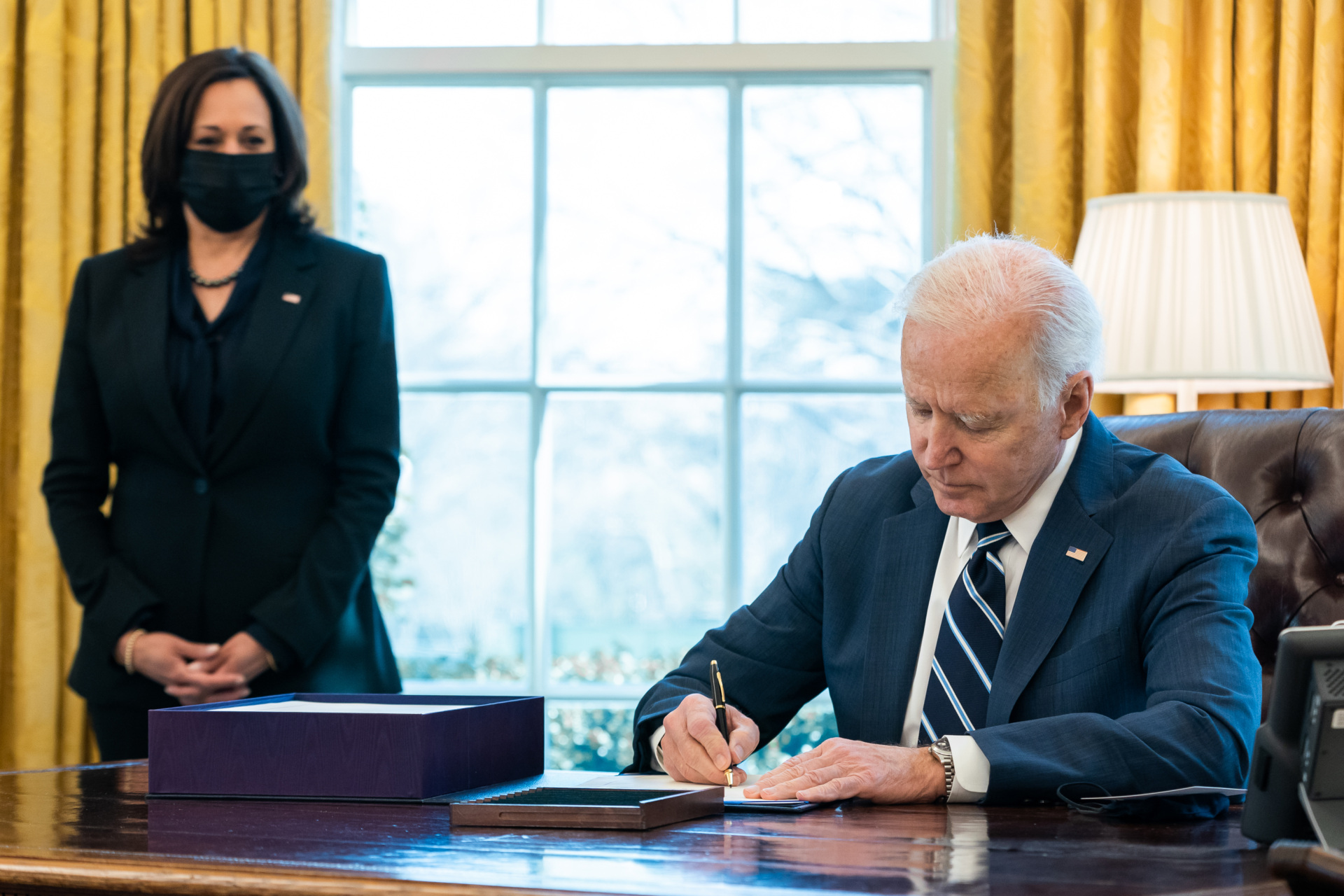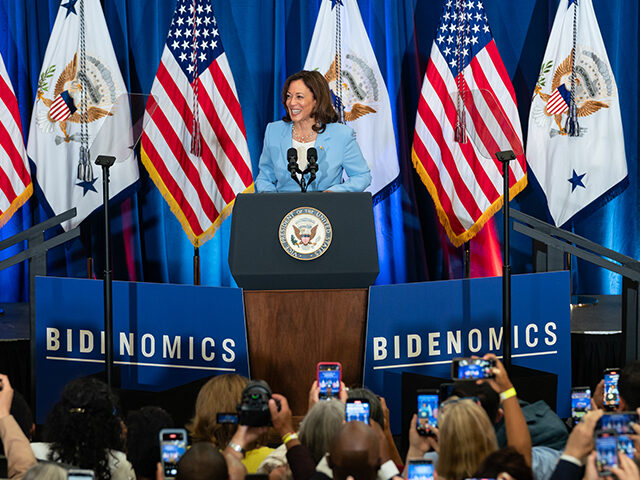Inflation’s Architect: Kamala Harris and the 21% Grocery Price Hike
Inflation is the gift that keeps on giving—if you’re in the business of writing headlines, that is. For everyone else, especially those navigating the grocery aisles, it’s an unwelcome houseguest that refuses to leave.
And who, you might ask, sent out the invite? Enter Kamala Harris, the vice president who finds herself now inextricably linked to a price surge that’s been as predictable as it’s been painful.
Let’s start with the facts. Under the Biden-Harris administration, grocery prices—the kind of inflation Americans say is hurting the most—have soared by over 21 percent. Overall prices are up 20.2 percent.
Not exactly the kind of record you want to boast about when you’re the presumptive Democratic nominee for president. But before we dive into the specifics, let’s remember that inflation is a bit like a forest fire—easily ignited, especially when you’re throwing around trillions of dollars like confetti at a victory parade.
Harris, of course, was right there in the thick of it, casting tie-breaking votes in the Senate for some of the most ambitious—and let’s face it, inflationary—spending bills in recent history. The American Rescue Plan, that $1.9 trillion behemoth, was touted as a lifeline for a struggling nation. What it became, instead, was the accelerant for an inflationary blaze that’s been impossible to extinguish.

Vice President Kamala Harris watches as President Joe Biden signs into law the “American Rescue Plan Act of 2021” on March 11, 2021, in the Oval Office. (Official White House Photo by Adam Schultz via Flickr)
The Biden administration, with Harris as its loyal lieutenant, was quick to spend but slow to consider the consequences. Sure, there were plenty of global factors—supply chain disruptions, a war in Ukraine, the pandemic’s long tail, labor shortages—but let’s not kid ourselves. The inflation we’re seeing today didn’t just happen. It was, in many ways, engineered.
The usual litany of exculpatory explanations for inflation are especially unpersuasive when it comes to food inflation. The U.S. produces somewhere in the neighborhood of 85 percent of food consumed domestically. We are largely self-sufficient when it comes to food production, particularly for staples like grains, meats, and dairy. Our biggest sources for imported food—Mexico and Canada—were not especially disrupted by the pandemic or what Biden and Harris call “Putin’s price hikes.”
What makes this all the more remarkable is the administration’s apparent surprise at the whole affair. Did they really think you could pump trillions into an economy already heating up and not get burned? Harris’s role in all this is, to put it mildly, significant. She wasn’t just a bystander; she was a participant, an enabler, even a cheerleader.
Harris: An Inflation President-in-Waiting
Now, as Harris hits the campaign trail, she’s talking tough on price gouging and promising relief. But it’s hard to take these pledges seriously when they come from someone who was instrumental in creating the very conditions that led to today’s inflationary woes. It’s a bit like the arsonist offering to help put out the fire.
What’s even more striking is the administration’s apparent lack of foresight. Inflation, particularly in food prices, is a sticky problem. Once it sets in, it’s hard to dislodge. And while we’ve seen some moderation in the rate of price increases, let’s not forget that the baseline has shifted. Americans are paying significantly more for their groceries today than they were just a few years ago, and there’s no possibility of a return to pre-pandemic prices absent the onset of a severe economic depression.
Harris, meanwhile, has been curiously silent on the role her policies played in all this. It’s as if the administration wants us to believe that inflation is some sort of natural disaster, an act of God, rather than the predictable outcome of its own actions. Harris expects us to believe that we can change global temperatures by driving the right kind of vehicles and sipping from paper straws but that there’s no policy responsibility for the worst inflation in 40 years.
But voters aren’t so easily fooled. They can see the direct line from the spending sprees of 2021 to the grocery bills of 2024.
In the end, Kamala Harris’s legacy may well be defined by this inflationary episode. It’s not just about the numbers—it’s about the credibility, or lack thereof, of an administration that promised to steer the country out of crisis and instead delivered a new one. As Harris seeks to ascend to the presidency, she’ll have to reckon with this legacy, one that’s as much about the choices made as it is about the prices paid.
The bottom line? When it comes to inflation, Kamala Harris can run, but she can’t hide. The numbers speak for themselves, and they tell a story of an administration that, in its zeal to spend, forgot that every dollar has its price. For the American people, that price has been steep indeed.

COMMENTS
Please let us know if you're having issues with commenting.